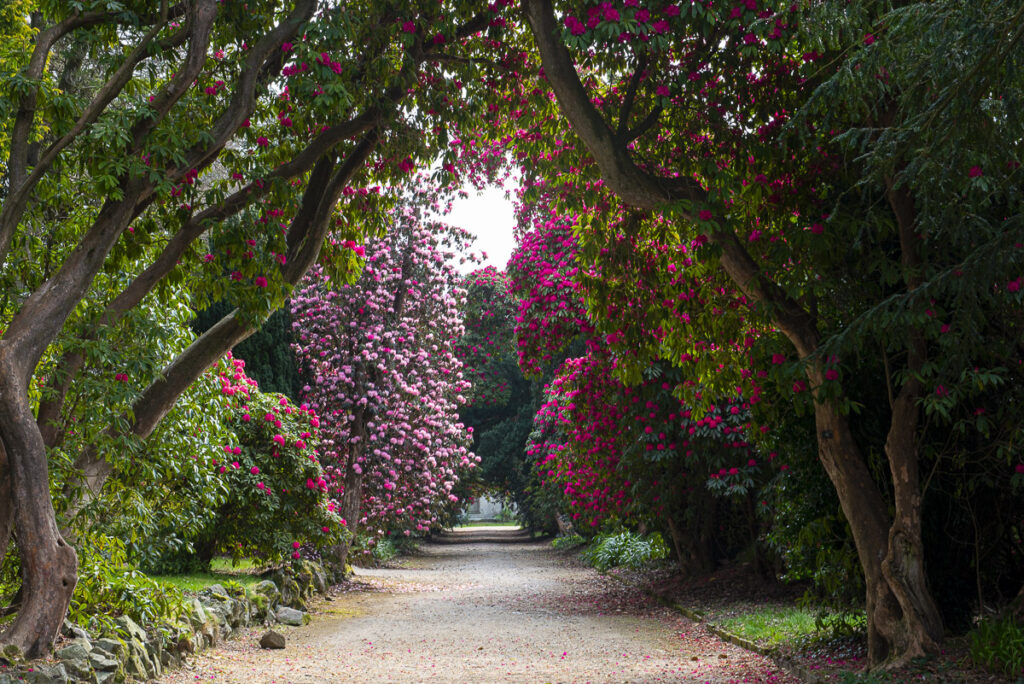
National Botanic Garden Kilmacurragh
I visited this garden at Kilmacurragh, County Wicklow in Ireland for the first time in April 2021. There is evidence that the garden was part of a Monastic community going back to the 13th century as a church is believed to have occupied a site to the east of the present estate house, now in ruins.
The estate at Kilmacurragh was home to generations of the Acton family for almost three centuries. The construction of their estate home, began in 1697 of a Queen Anne style architecture. Two elegant wings were added to the original structure in the 19th century.
This magnificent, mature gardens of assorted trees and plants from around the world was developed extensively in the 19th century by Thomas Acton in conjunction with David Moore and his son Sir Frederick Moore, Curators of the National Botanic Gardens at that time. This was a period of great botanical and geographical explorations with numerous plant species from around the world being introduced to Ireland for the first time.
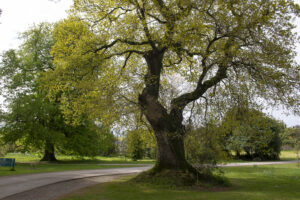
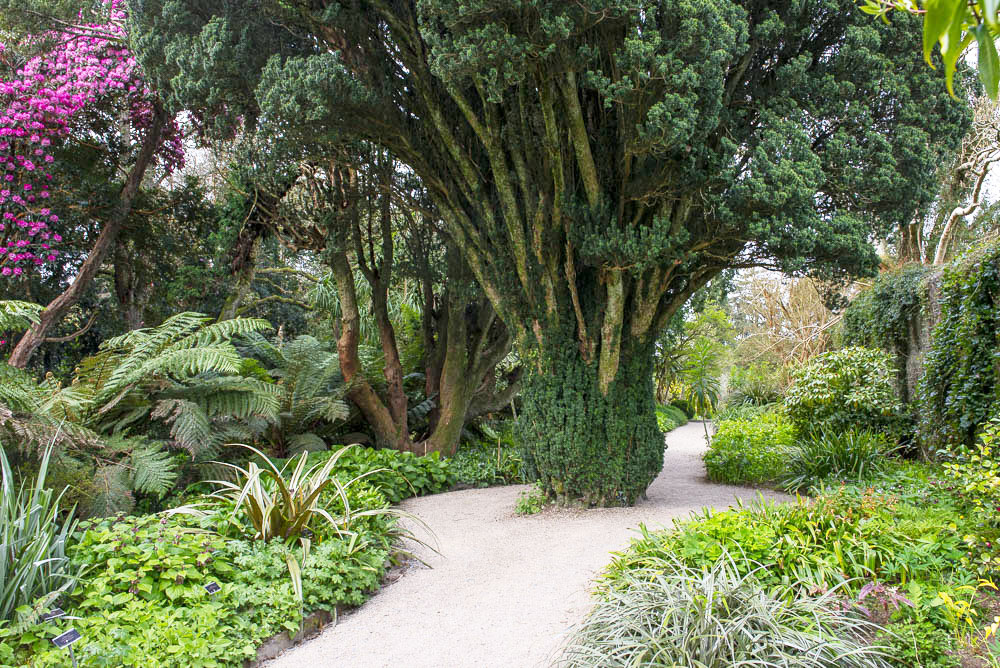
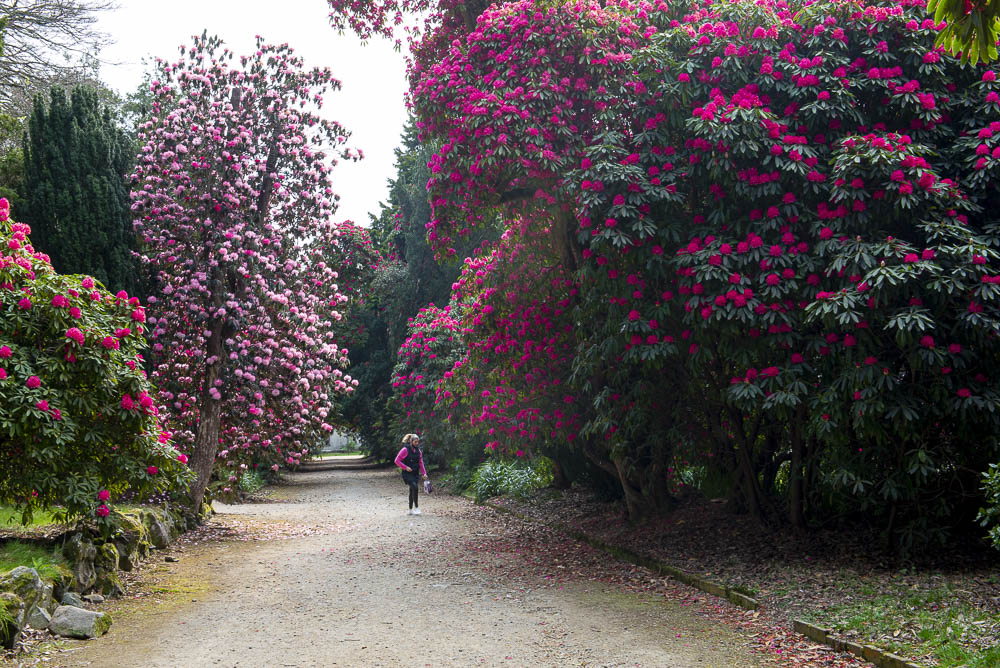
The impressive entrance to the estate is a long winding roadway lined with mature conifers, rhododendrons and well-kept lawns. Arrived at the spacious parking area to begin my morning of exploration. The Coffee shop with rolls, sandwiches cakes and soft drinks was mentally registered for my return from my walk.
I ventured in the direction of the walled gardens which were unfortunately close at this time. Straight ahead, on the outside of the stone garden wall, a gradual stepped path led into the distance. A huge Yew Tree acted as a roundabout at the start of the path. Left and right an array of flowering rhododendrons displaying their deep red flowers, the mass broken by white and pink blooms. I stopped for a while and took in the atmosphere, the quiet and the sounds of nature. A call from a seagull overhead caught my attention, but then, we are not that far from the east coast at Wicklow.
Rambling around I headed down Rhododendrons Avenue. Quite spectacular. These bushes were all of thirty feet in height bowing over to create a tunnel effect inviting you to take a stroll down nostalgia lane. The pathway was quite wide, and as explained to me this was to allow for the wide dresses the ladies wore back then, so that two could pass one another when out walking. I can only image the colour of the pathway when the flowering rhododendrons started to shed their petals.
To the front of the home, and to the south, is a long avenue sloping gently towards a pond before rising up to the hills beyond. There is a concealed divide here called a “Haw Haw Wall” which is a recessed landscape design element, stemming back to the 18th century, that creates a vertical barrier while preserving views in the general landscape. This one was constructed to keep the deer out of the garden. You won’t see it until you are at it!
On the far side of the pond was a vividly purple / blue rhododendrons (Augustinii) that stood out from everything else. It’s delicate flower construction was so beautiful. I then turned along the Yew Avenue where in part the Yew trees created an arch for you to walk through. Towards the end of the avenue and Camellia tree was in fresh bloom. A Japanese Fir was pealing its bark and its catkins were getting ready to drop their seeds.
Headed back towards the ruined estate house through more of the impressive flowering rhododendrons and rounded the ruin to the east side. The grass expanse stretching out in front of me was wild meadow. There were the remnants of the Crocuses, now gone over, and my guide, Mary, explained these crocus beds were about 200 years old. Must have been a stunning sigh only a few weeks before. A backdrop to this grass expanse was a massive Japanese Cedar. I thought initially it was a wood of cedar trees but Mary informed me it was one tree and it grows out like this. (see image)
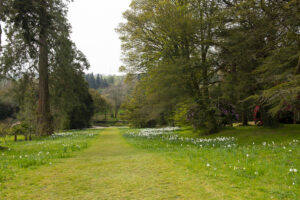
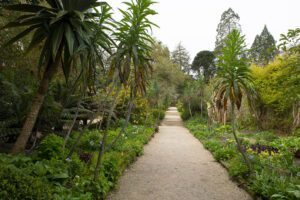
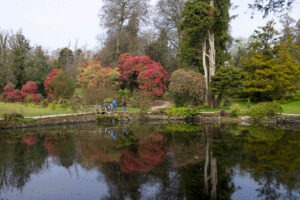
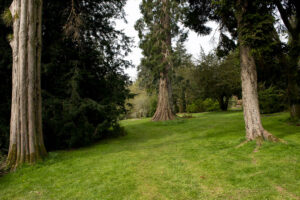
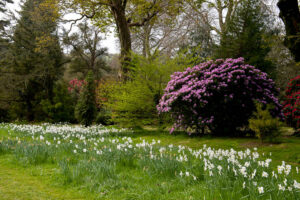
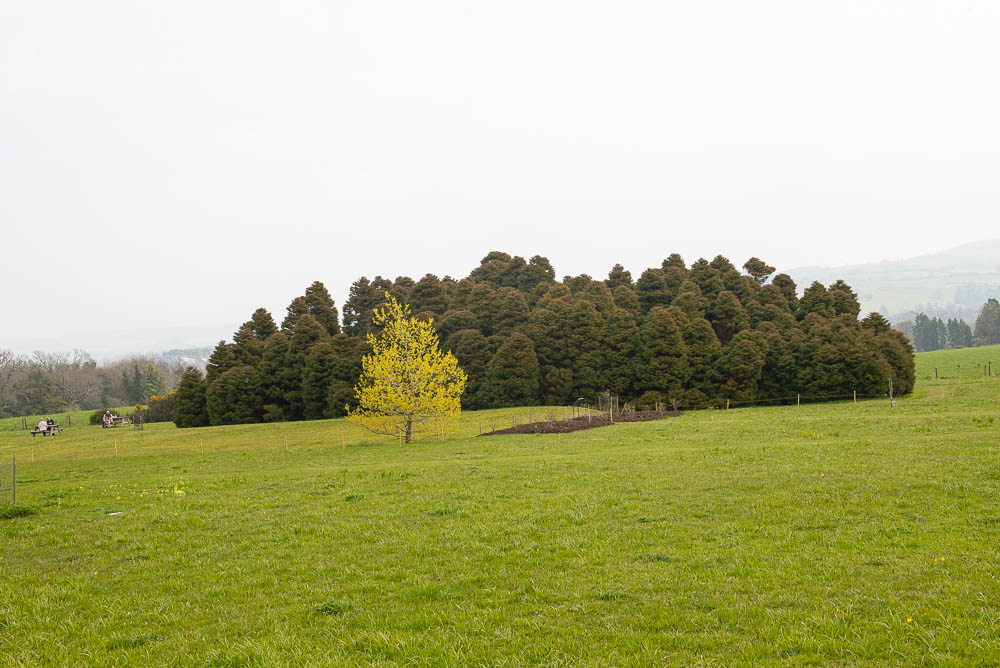
I sat around for a little bit absorbing this “silent space”, the sweet smell of fresh, scented air where I could be at one with nature for a short while. Then I remembered that coffee dock. A coffee, a nice piece of cake would bring me back to the real world and top off such a wonderful experience in this new garden I have discovered, a hidden gem in the beautiful mountains of Wicklow. It’s no wonder Wicklow has earned the name “Garden of Ireland”.
Address: National Botanic Gardens, Kilmacurragh, Kilbride, Co. Wicklow, A67 YR12
Web Site: https://botanicgardens.ie/kilmacurragh/
The Gardens are open daily:
Summer (mid-Feb—Oct) Mon—Sun: 09:00—17:00. Last entry at 16:30
Winter (Oct 27—mid-Feb) Mon—Sun: 9:00—16:30


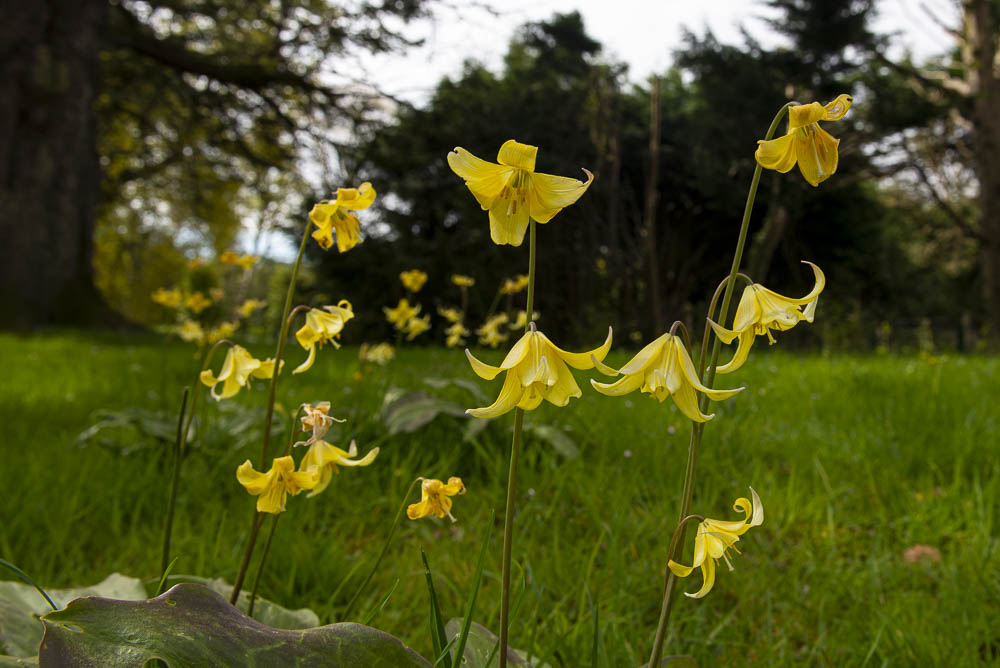

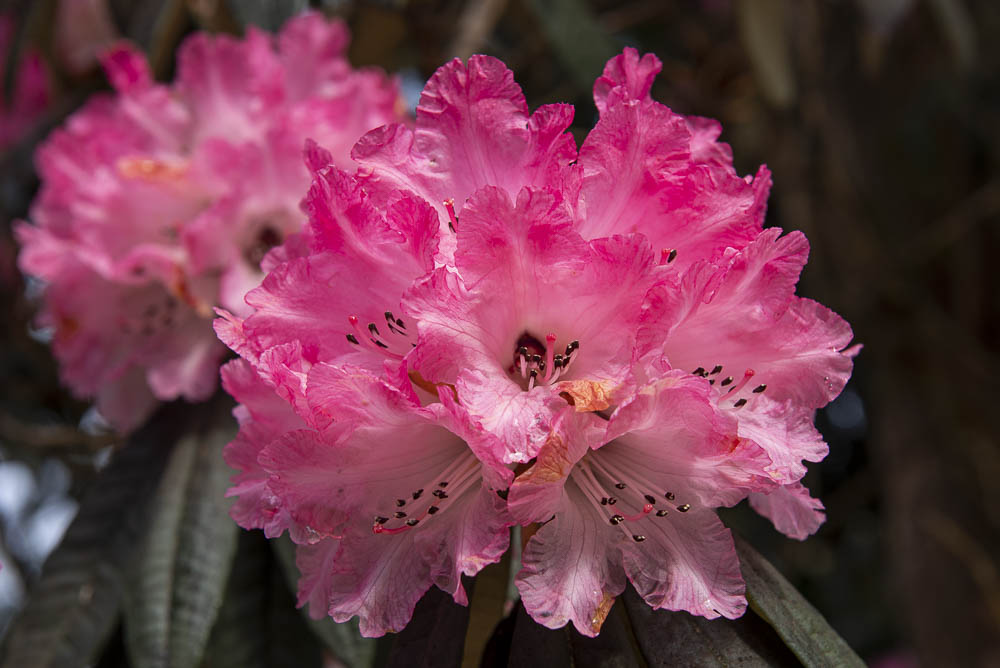
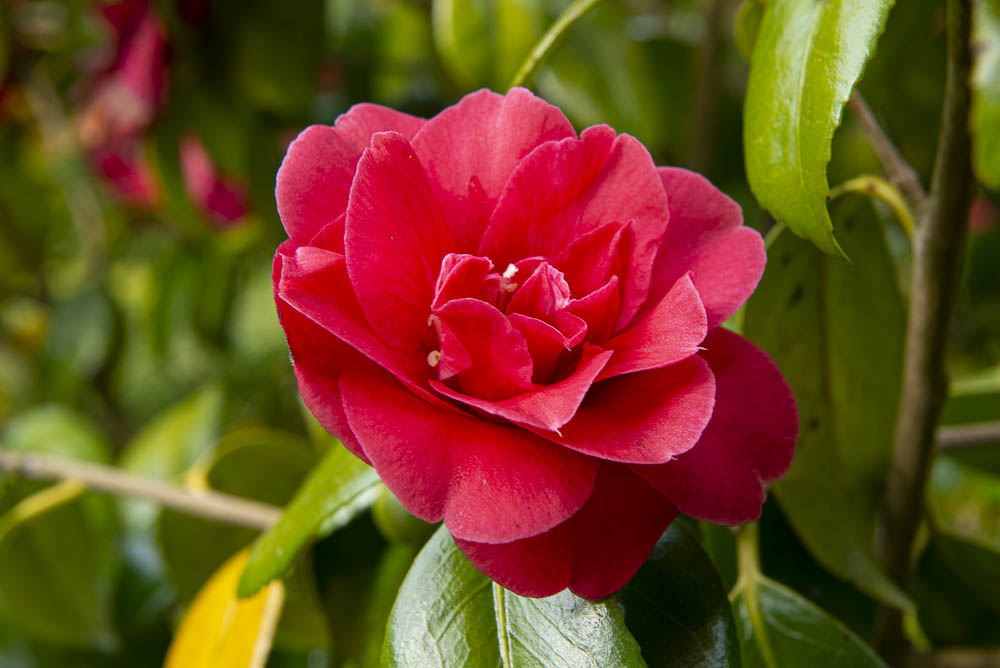
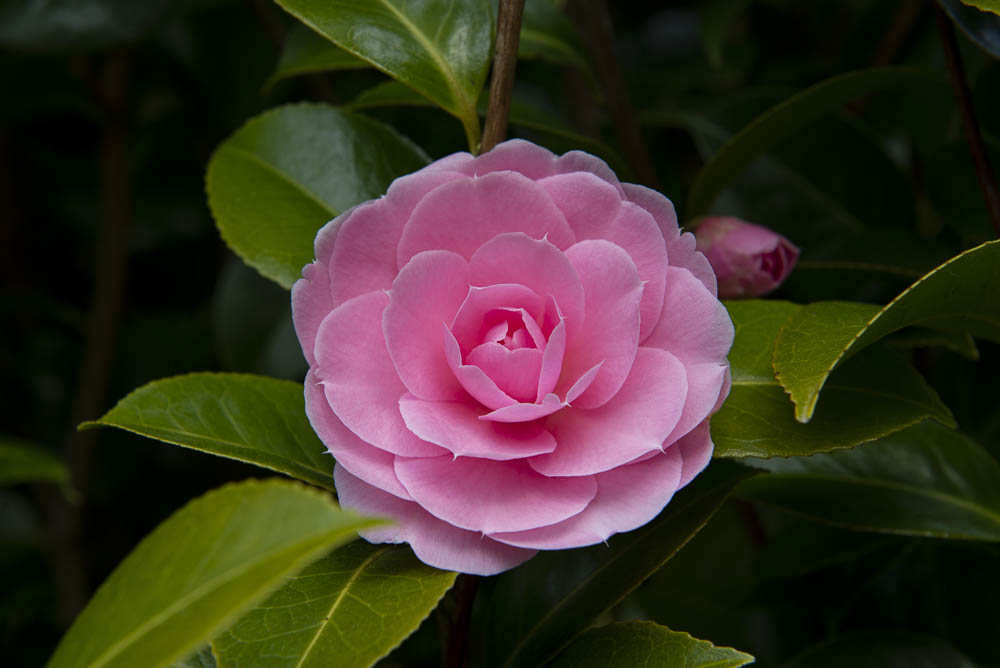
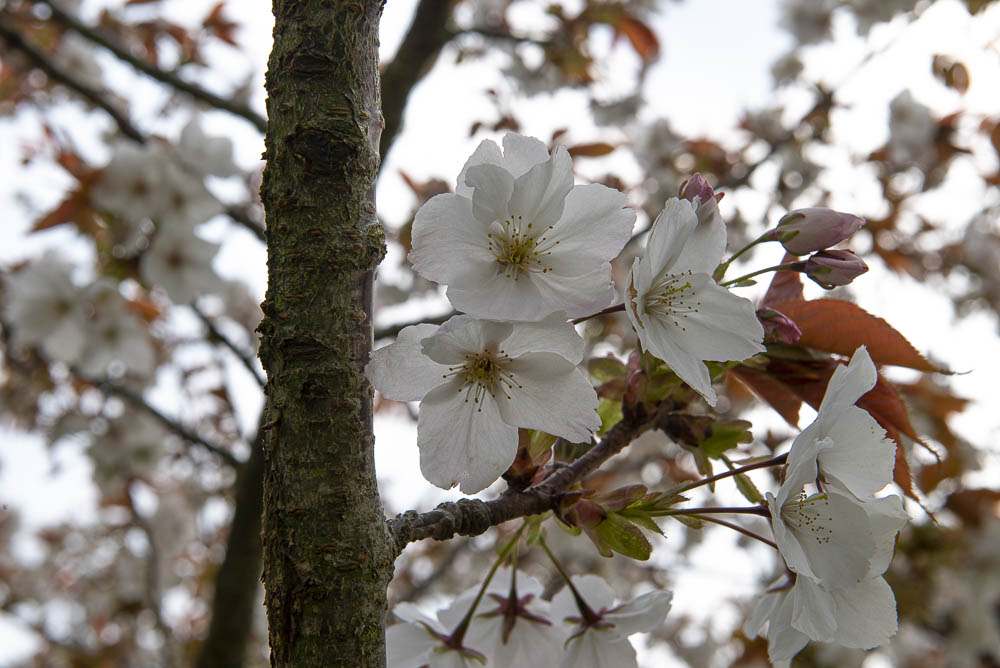
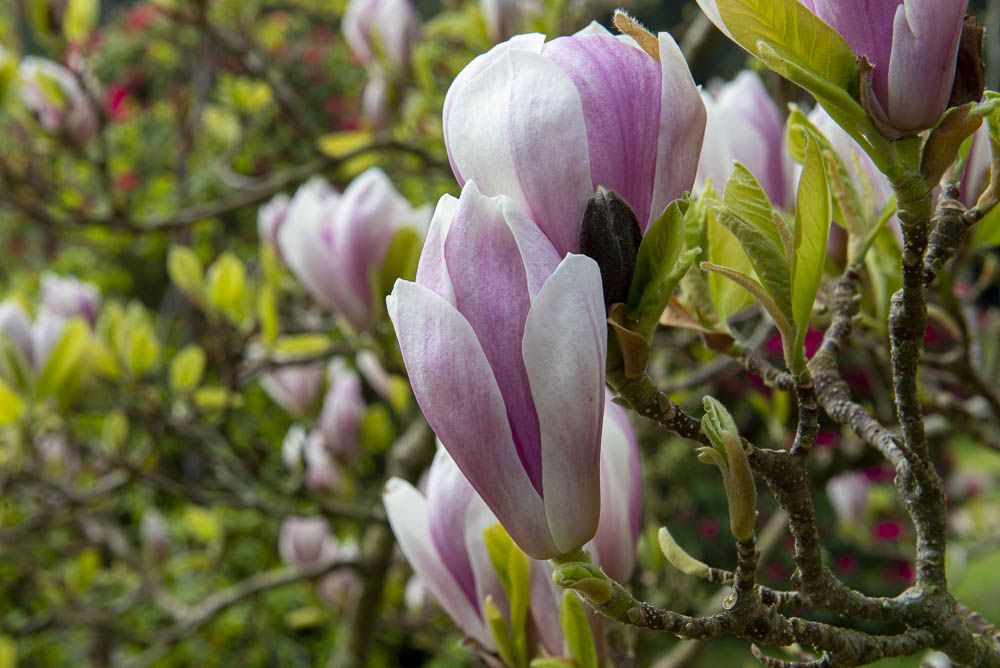
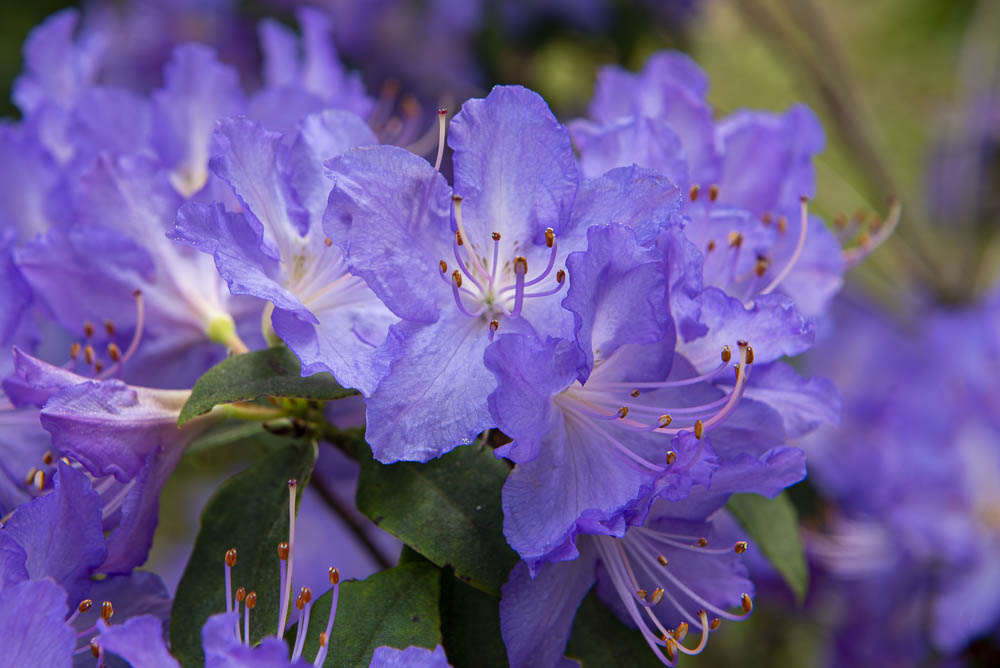
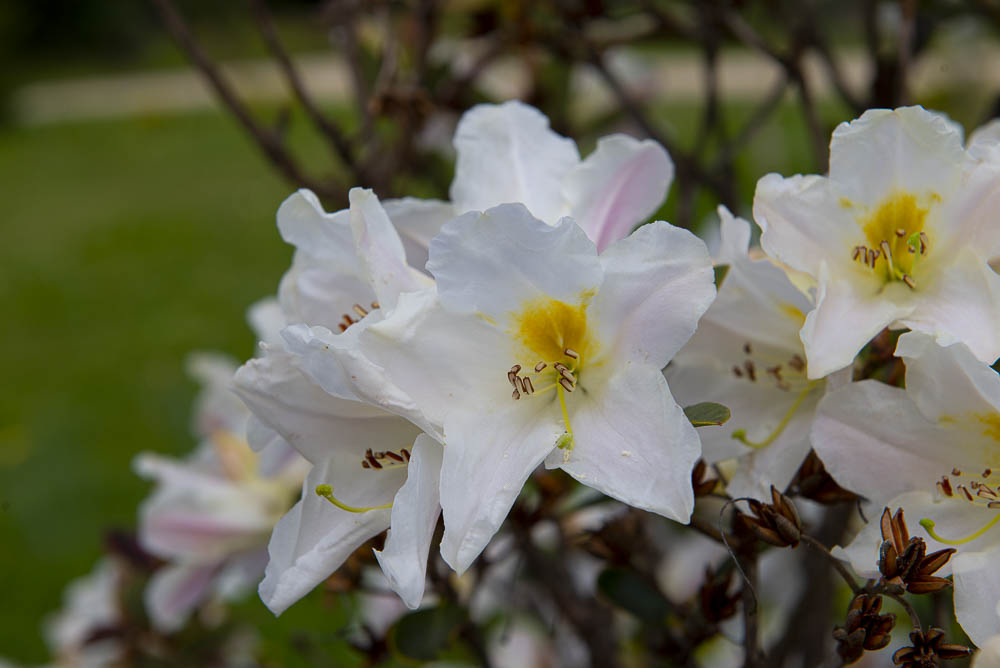
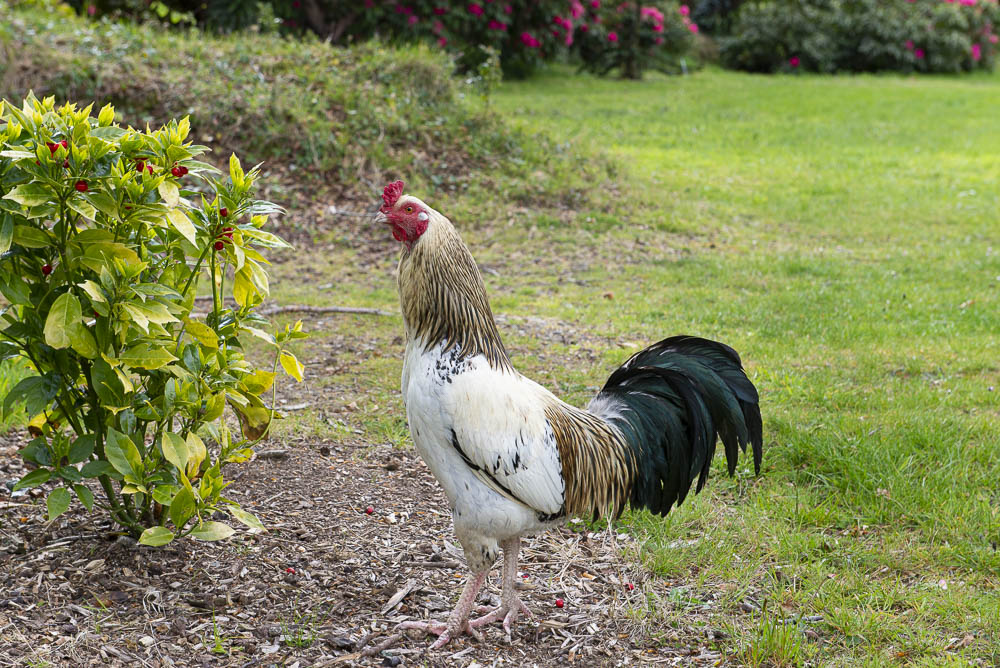
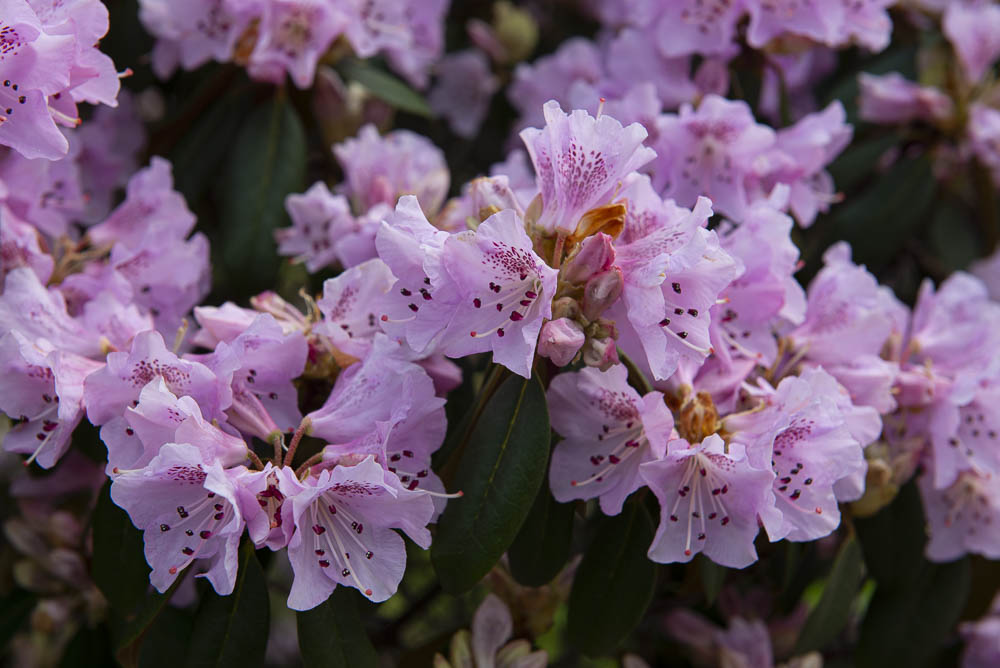
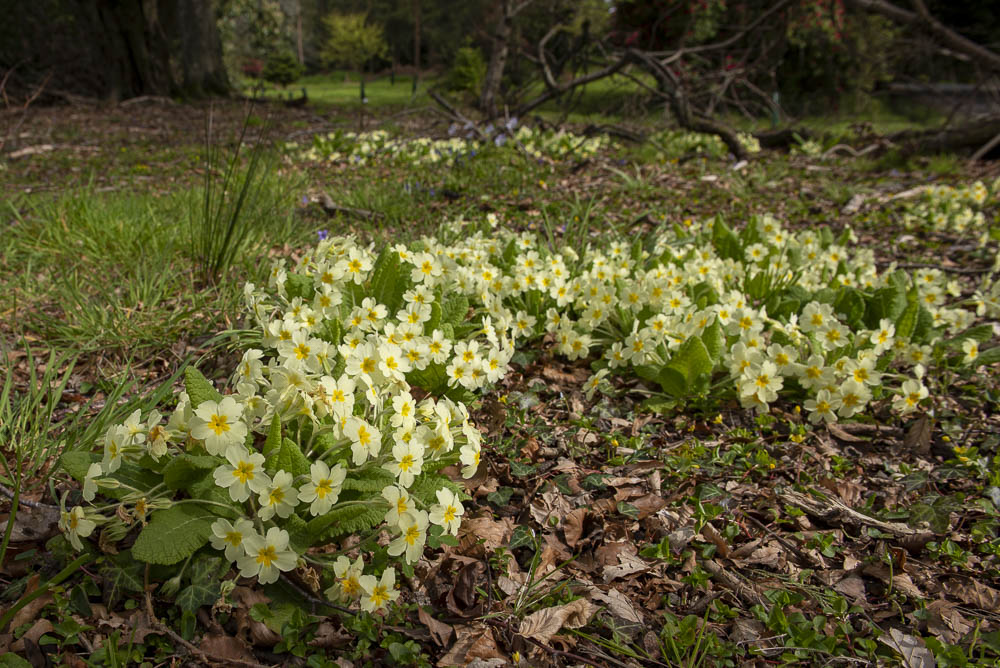
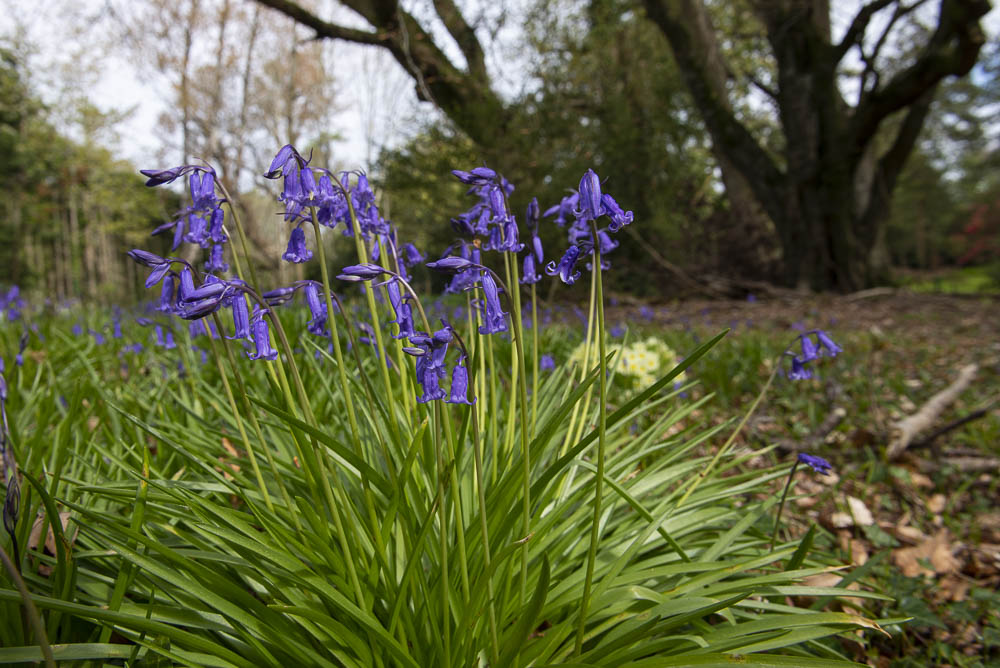
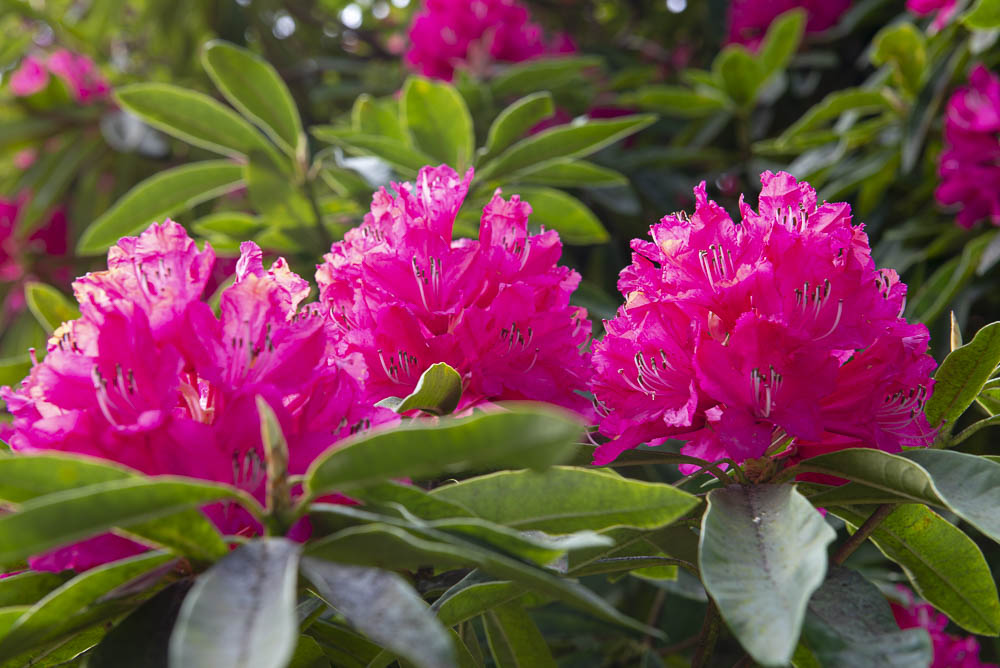

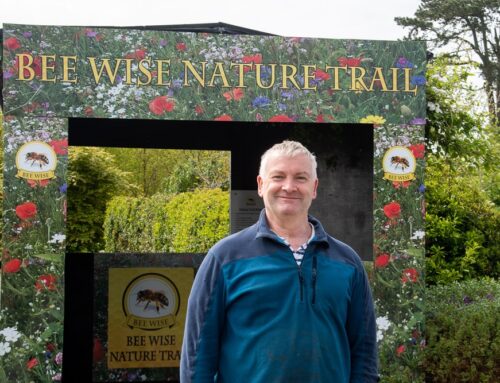

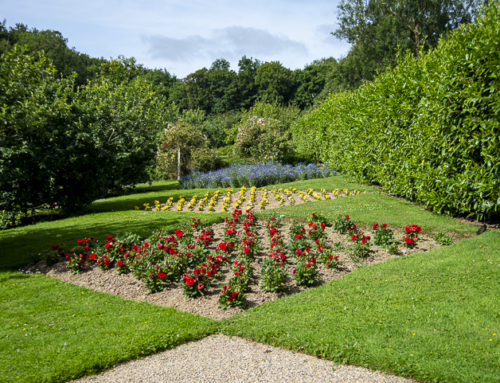
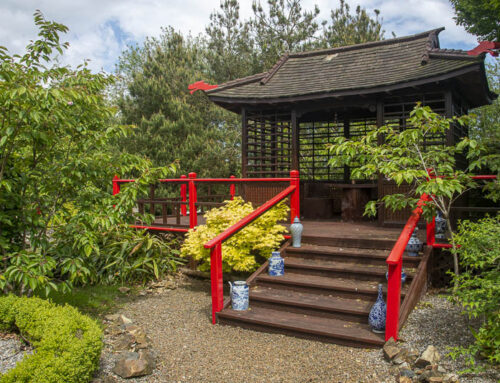
Leave A Comment